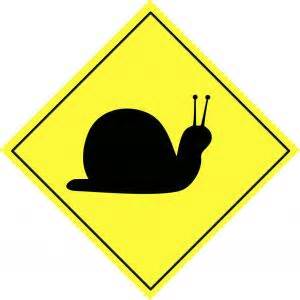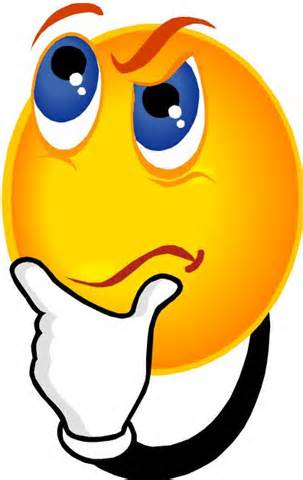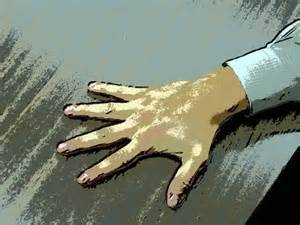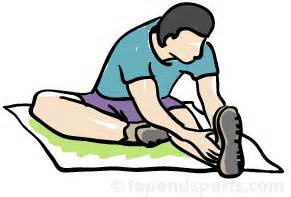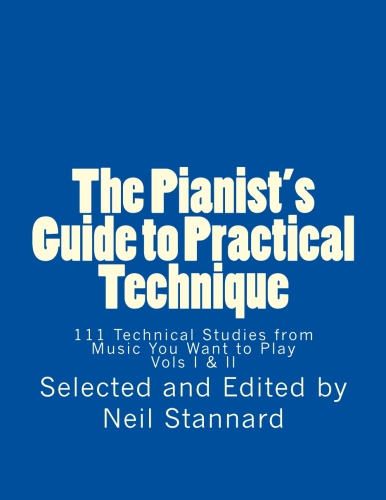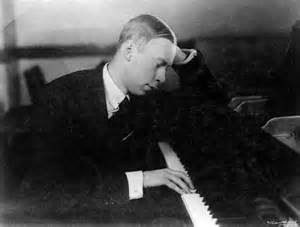 Yes, this writer has a coordination problem. A trill sign is a symbol, and like all symbols it represents something larger than itself. The most common mistake pianists make, a mistake resulting in tightness or jamming of the trill, is conceptual. That is, a trill must have a place in time, a rhythm. This is true of all ornaments indicated by symbols, and they should be practiced with pulses—felt, not necessarily heard—until they become second nature. First decide on the number and rhythm of notes that will fit in the space allotted and then decide how those notes coordinate with the other hand. Remember, too, that ornaments should reflect the expressive content of their context. In the example offered, Chopin's Nocturne Op. 55, Number 2, a machine-gun trill seems inappropriate.
Yes, this writer has a coordination problem. A trill sign is a symbol, and like all symbols it represents something larger than itself. The most common mistake pianists make, a mistake resulting in tightness or jamming of the trill, is conceptual. That is, a trill must have a place in time, a rhythm. This is true of all ornaments indicated by symbols, and they should be practiced with pulses—felt, not necessarily heard—until they become second nature. First decide on the number and rhythm of notes that will fit in the space allotted and then decide how those notes coordinate with the other hand. Remember, too, that ornaments should reflect the expressive content of their context. In the example offered, Chopin's Nocturne Op. 55, Number 2, a machine-gun trill seems inappropriate.
As a matter of technique, a trill is a changing of direction with every note, like an Alberti figure. If the forearm is not allowed to rotate in its axis, albeit very slightly, the trill can jam. Cutting off the fingers/hand from the forearm is always a mistake. Do not think of lifting the fingers up and down, although they are somewhat active. Rather, maintain contact with the key, riding it (more or less) and allowing the forearm its freedom. Work the trill up slowly in rhythms, i.e. eighths, triplets, sixteenths, etc. If tightness or fatigue set in, the movement is incorrect.


